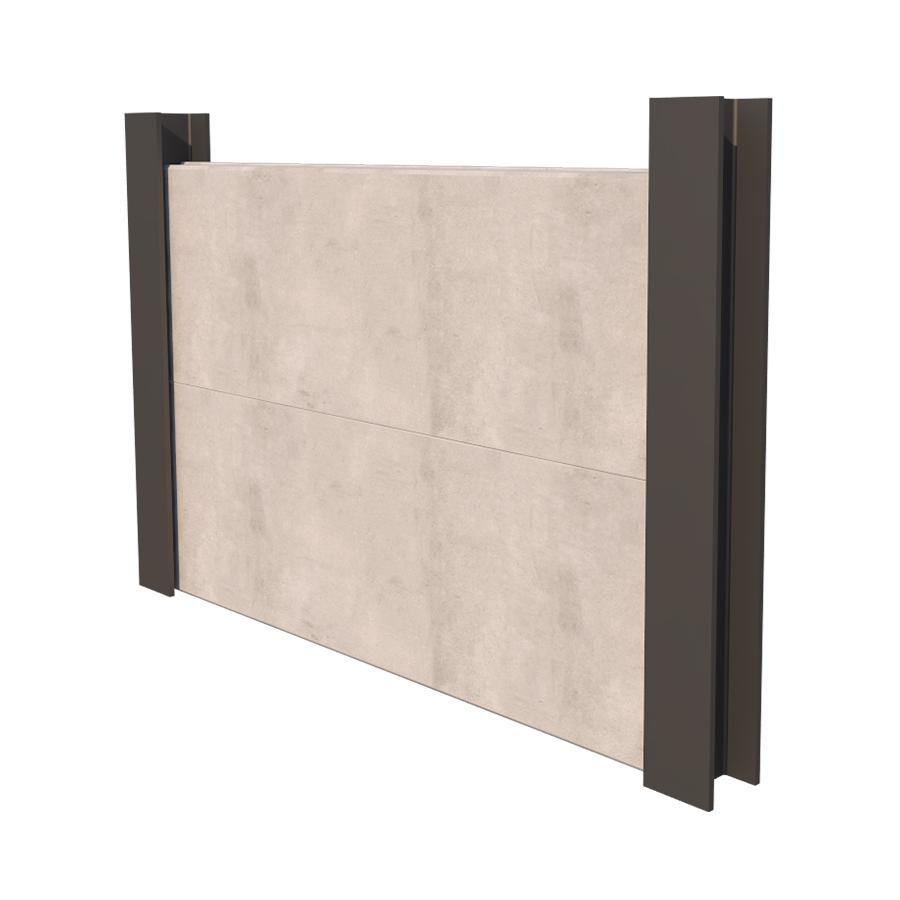When you’re involved in a construction or building project, you have a big responsibility on your shoulders – but you will already be aware of this, and one of your main tasks is to make sure that the materials you choose are of the best quality. One material that has been in use for a long time is precast concrete, and it’s one of the most versatile and strongest materials around. But how can you maximise your use of this material in terms of applications? Finding the best use for it can bode well for your expenditures as well. Here, then, is a list of the top applications for precast concrete: your best guide.
The applications
Applications for Precast Concrete can be found all over, from bridges and parking garages to walls, residential and commercial buildings, stadiums and arenas, and more. It is quite clear that a good number of structures can benefit from the use of precast concrete, but some projects make more use of precast concrete, such as the following:
-
Structures
As stated, many parking garages make use of this material, especially since precast concrete is durable, economical, and easy to install. You can find various components made of precast concrete in a parking garage, from traffic barriers to columns, paving slabs, staircases, architectural elements and veneer, and so on. It is handy for both parking structures with single levels and more extensive and more complex structures.
Applications for Precast Concrete can also find use as a foundation because it is dense and doesn’t absorb moisture, and it is also thermally efficient. You can also find precast concrete bridges, culverts, and catch basins. In urbanised environments, precast concrete sound walls have become a more common sight as they can serve as a barrier to noise, cutting down noise pollution to as much as 50%. A precast concrete retaining wall is also a great choice, particularly king post retaining wall systems, cantilever walls, crib walls, and so on.
-
Buildings
Precast concrete is renowned for its ability to resist fire and sound, and these qualities make it ideal for various buildings. Furthermore, as mentioned, precast concrete can reduce moisture and create a more energy-efficient indoor environment, thus making it even more perfect for buildings. Some structures often made with precast concrete include office or commercial buildings, multiple-unit housing complexes, dormitories, hotels, and more. It is also widely used for medical centres and hospitals, schools, and retail shops and centres.
Its benefits
Not many people may be aware of it, but using precast concrete for a project can result in significant savings, as each unit is safely and efficiently produced off-site in a controlled environment, and you can have the least amount of disruption to your site. It’s a much more economical and convenient alternative to casting concrete on-site, and you are less likely to experience any workflow delays and problems with labour or manpower. Additionally, you are sure that you are getting a superior product since it is produced as carefully as possible in the facility. It’s an efficient, durable, versatile, and sustainable material and product, which further adds to its popularity and appeal. It even comes with aesthetic advantages in that you can customise it according to your preferred finish or colour.

